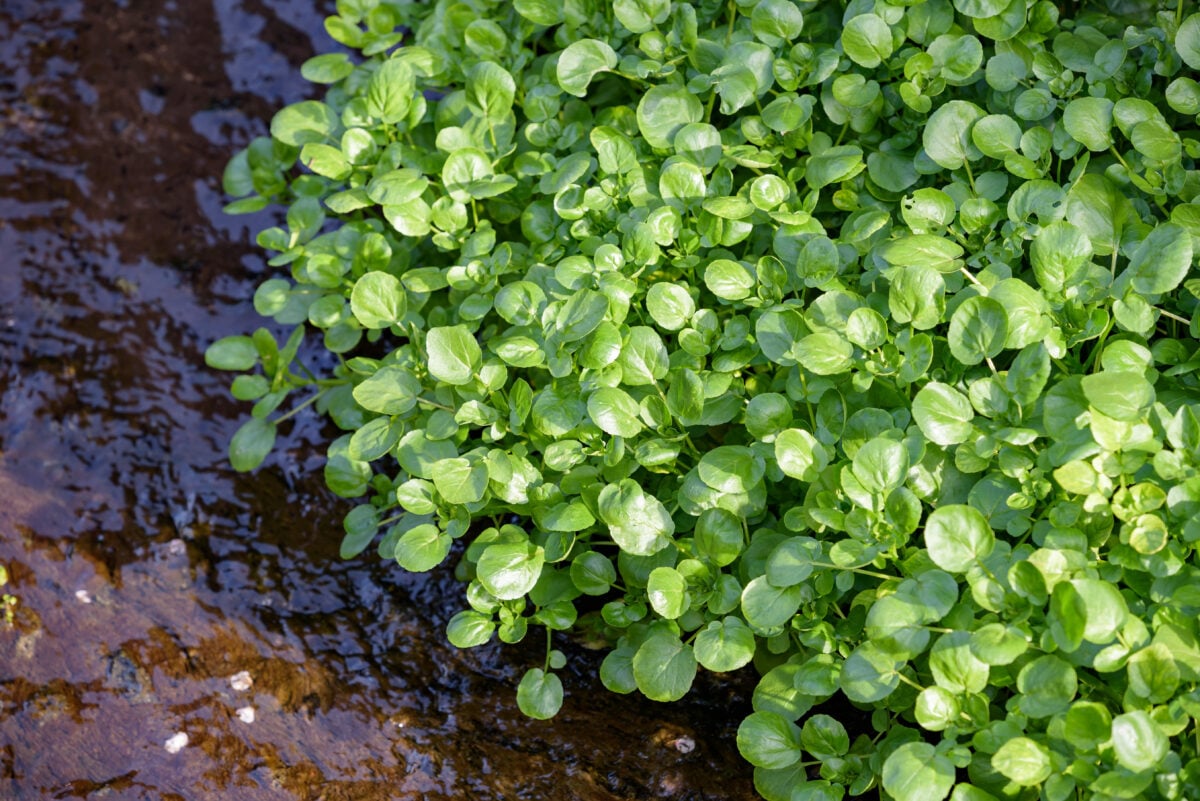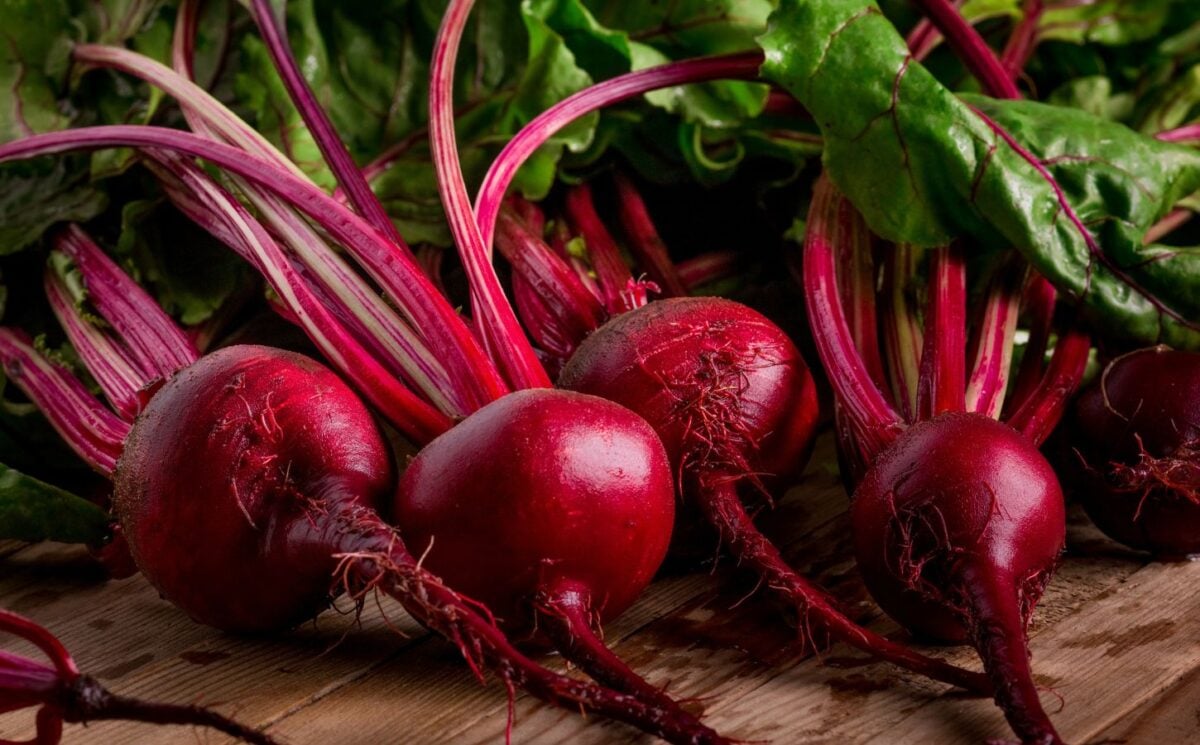The CDC (Centers for Disease Control and Prevention) recently ranked “powerhouse” fruits and vegetables (PFV) by nutrient density, placing the unassuming watercress in first place with a score of 100. Here are five of the top runners-up, each with their benefits.
Read more: Why Is This Fruit Going Viral On TikTok?
To create its fruit and veg power ranking, the CDC studied 47 different foods to find out how many bioavailable essential nutrients they contained in their raw, unprocessed form.
The CDC noted the potential for PFV to reduce chronic disease risk along with the lack of a clear definition or classification. By listing these foods in order of nutrient density, the CDC aims to make planning a nourishing and well-balanced diet simpler for everyone.
Most of the foods on the list contained at least 10 percent of the recommended daily amount (RDA) of various vitamins and minerals, but some of the top finishers contained much more. (For example, a single cup of first-place watercress contains 106 percent of the RDA for vitamin K, along with vitamins C and A.)
All of the top five foods after watercress received scores of 73.36 or above.
Read more: What Are ‘Plant Points’ – And Why Is Everyone Recommending Them?
The CDC’s top five nutritious vegetables after watercress

Watercress was crowned the overall winner for nutrient density with its impressive score of 100, but for those looking for an alternative to the bright, fresh, and sometimes bitter plant, here are the top five runners-up.
Chinese cabbage
In second place, Chinese cabbage – which can refer to Brassica Rapa subspecies such as bok choi, tatsoi, and napa – received a score of 91.99. Each subspecies can vary in terms of precise nutrient density, but overall Chinese cabbages are extremely nutritious.
According to Healthline, a single cup of shredded bok choy contains 27 percent of the RDA for vitamin K and 35 percent of the RDA for vitamin C, along with smaller quantities of folate, vitamin A, manganese, potassium, magnesium, calcium, and iron.
Chard
In third place, chard received a score of 89.27. According to the USDA, 100g of Swiss chard contains around 50 percent of the RDA for vitamin C and 20 percent of the RDA for magnesium. It also contains iron, vitamin B6, and potassium.
Beet greens
In fourth place, beet greens received a score of 87.08. Also according to the USDA, 100g of beet greens contain 50 percent of the RDA for vitamin C, 14 percent of the RDA for iron, and 17 percent of the RDA for magnesium. It also contains calcium and B6.
Spinach
In fifth place, spinach received a score of 86.43. The USDA notes that spinach contains 46 percent of the RDA for vitamin C, 19 percent for magnesium, 15 percent for iron, and 10 percent for B6. Spinach also contains 2.9g of protein per 100g.
Chicory
In sixth place, chicory received a score of 73.36. According to Healthline, a two-cup serving of Italian chicory – also known as radicchio - contains 170 percent of the RDA for vitamin K and 30 percent of the RDA for copper. It also contains smaller quantities of vitamin C, potassium, zinc, iron, phosphorus, and vitamin B6.
Read more: The 9 Healthiest Fruits, According To Nutritionists






